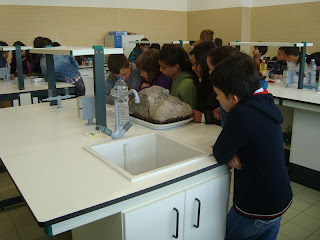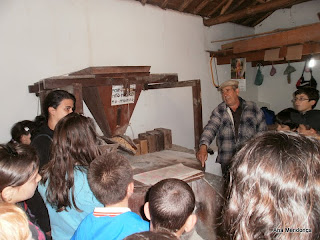For some weeks now the team of technicians of the Sustainable Laurel Life Project has been dedicated, with the help of the trainees, to the mapping of the exotic vegetation existing in Planalto dos Graminhais, specifically in the area intervention by the LIFE.
We are mapping 3 different exotic species that rise more concern in that peatbog área, which are the Chilean Rhubarb "Gunnera tintoria", Madeira Sweet Pepperbush "Clethra arborea" and the Tree Fern "Dicksonia antartica".
The team covered the 75ha of the intervention area in Graminhais and with the help of the GPS marked every plant of these species that were found. This is a very difficult and tiring work that took time, since it’s a very uneven and soaking ground since its Peatbogs and the weather conditions are not always ideal.
Tree Fern "Dicksonia antartica"
Despite all, we already finished the area and now we will put the information in the computer which will give us and idea of where this exotic plant are still developing, which ones blossomed again and how many showed up in areas where it didn’t exist before.
This is a very important work not because it allow us to analyze with effectiveness the presence or not of these exotics in that important conservation area and the success obtained in the attempts to remove them in the past years, but also because it will allow us to know if it will be necessary a new human intervention to remove these plants.
Chilean Rhubarb "Gunnera tintoria"
Besides the monitoring of exotics, we also did the mapping of the Azorean Juniper "Juniperus brevifolia" in Graminhais, helping Lourdes Perez on the investigation work that she’s developing with us, about the distribution map of the Azorean Juniper in the SPA Pico da Vara/Ribeira do Guilherme and the dendrometric study of the species.
Azorean Juniper "Juniperus brevifolia"







































